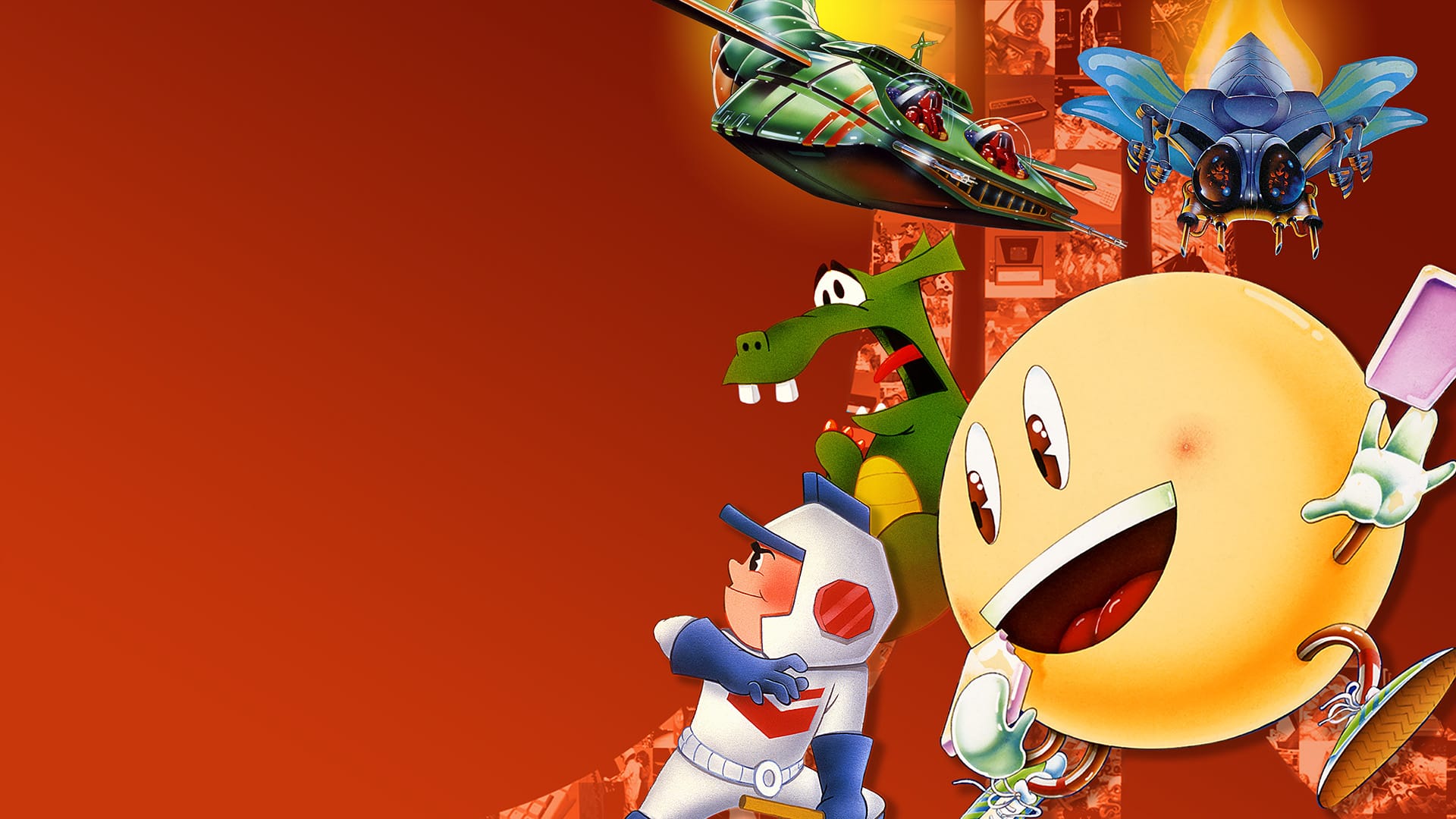Video games and rhythm never cease to go together flawlessly, especially so with games that use it creatively, or at least intelligently. 140 from developer Jeppe Carlsen falls under the latter. It’s a minimalist platformer that ties basic jumping puzzles to the beat of music, testing not only your reflexes and dexterity but your sense of rhythm, thereby transforming otherwise pedestrian obstacles into devious foes. It’s short and relatively easy, but the pure fun and satisfaction that comes from playing 140 alone makes it worthwhile.
You take control of a shape-shifting… shape – its form swaps between a square, circle, and triangle depending on whether its stationary, moving, or airborne – through three vibrant, austere stages. Each is but a simple, single-colored corridor lined with bars of static, pulsating platforms, springboards, and other standard jumping puzzle obstacles. The shape you control moves steadily, its jumps weighty and slow. 140 is hardly a twitch-based feat, but rather a methodical, calculated one. It’s trials are a matter of observation and memorization than a series of quick, reactionary leaps.
Everything is tuned to the beat of the music. Land phases in and out of existence every other note, percussion guiding the release of springboards and the movements of small slabs of static as they zoom across the screen. Audio becomes your guide more than the visual, the music subconsciously instructing you when to jump and when to hold back. This relaxed pace leads to a more leisurely experience, as whatever challenge you encounter can be easily subverted with a bit of patience. Even so, navigating these stages never ceases to entertain, as the sheer interaction between music and play can’t help but keep things interesting. It’s simple hook, but an effective one.

The end level boss battles also present a fun, inventive twist. Each pits you against a large mass of static, the means of fighting it changing with each stage. In the first, you’re equipped with a small triangle that periodically fires on its own that you use to slay the boss, avoiding the ever growing number of enemy bullets filling the screen. In the second, you’re soaring upward avoiding a near endless stream of blocks until you manage to escape, never once engaging in combat. The constant variety of these encounters is creative and refreshing, all bookending the stages perfectly.
It’s a shame that 140’s so short, because what’s here is supremely well made. All three stages can be finished in under an hour, making it a fleeting experience. Completing the game unlocks mirrored versions of the existing levels, wherein you have to play through each one in one-shot. All the checkpoints that previously existed no longer appear. Here, if you die, you go right back to the very start of the level, which is crushing – especially when you’re just on the cusp of defeating the boss. If you can best it (I couldn’t), the sense of reward and accomplishment you get is huge. The presence of these mirrored stages rectifies the game’s general difficulty issues, but not the disappointing lack of more original content to play through.
Even so, what 140 delivers still greatly entertains. Though brief it may be, its ideas and execution culminate in a splendid game. Its ways of tying music and play together constantly impress, only growing more and more clever. The sheer act of traversing the minimalist world it presents remains enjoyable despite its breezy nature because the mechanics are fun enough to use that it’s lack of challenge doesn’t harm the simple satisfaction of leaping around. That it also makes dubstep bearable doesn’t hurt, either.





